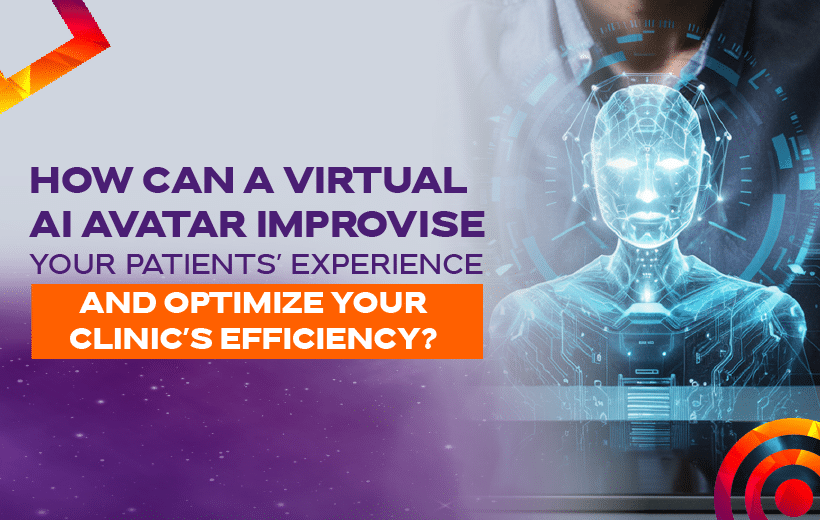Have you ever imagined interacting with your patients without being physically present? Now it’s possible! Virtual avatars powered by artificial intelligence are radically changing the way clinics and practices interact with their patients. And the best part is: they don’t just answer simple questions, they can also offer personalized recommendations, efficiently guiding patients.
These avatars aren’t just conversational tools; they are virtual assistants that allow your clinic to provide personalized care, regardless of the time or place. Patients can receive immediate answers to their questions, fill out forms, or even get service recommendations, all automatically.
How Do Virtual Avatars Work in Medicine?
Virtual avatars can act as your digital assistants, guiding patients from their first contact to their medical consultation. This technology helps the clinic run more efficiently by reducing the administrative workload and improving the patient experience right from the start.
By integrating a virtual avatar into your clinic, you not only optimize your team’s time but also ensure that every patient receives the care they need at the right moment, with the ability to interact 24/7.
Advantages of Using a Virtual Avatar in Medicine:
- Instant responsesto frequently asked questions in real-time, without the patient having to wait.
- Complete guidanceon the clinic’s services, the care process, and what patients can expect.
- Automated data collectionbefore the consultation, such as medical history or personal details, speeding up the care process.
- Improved patient experience, as they receive fast and direct responses, increasing overall satisfaction.
- 24/7 availability, ensuring patients can interact at any time, even outside regular hours.
Why Is It Key for Your Clinic?
A virtual avatar is not just a support tool; it is a solution that optimizes communication and care processes in your clinic. It simplifies administration, reduces the time your team spends on repetitive tasks, and most importantly, improves the patient experience.
Imagine the possibility of offering accessible medical care at all times, even when you’re not available. This not only improves service quality but also increases patient trust in your clinic.



